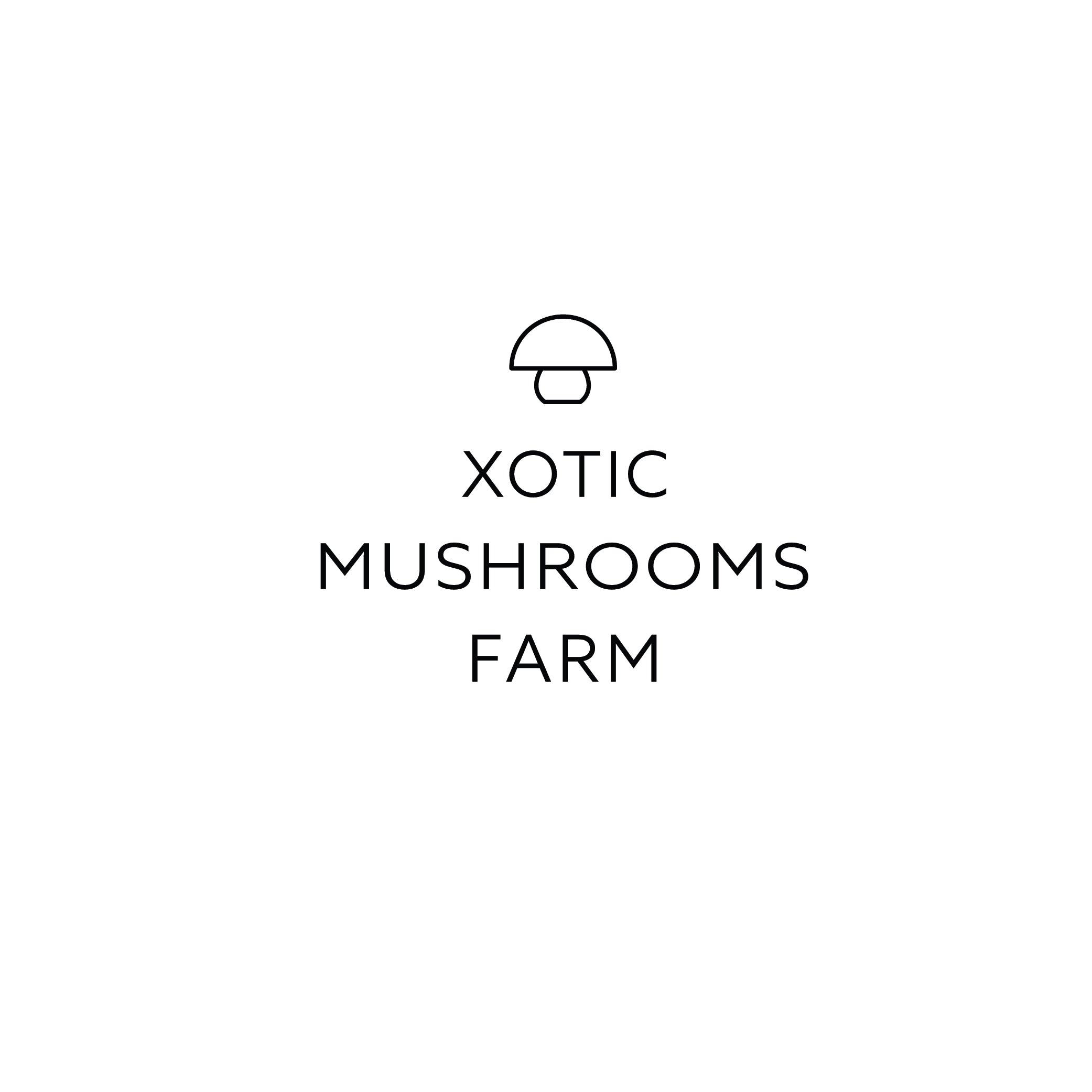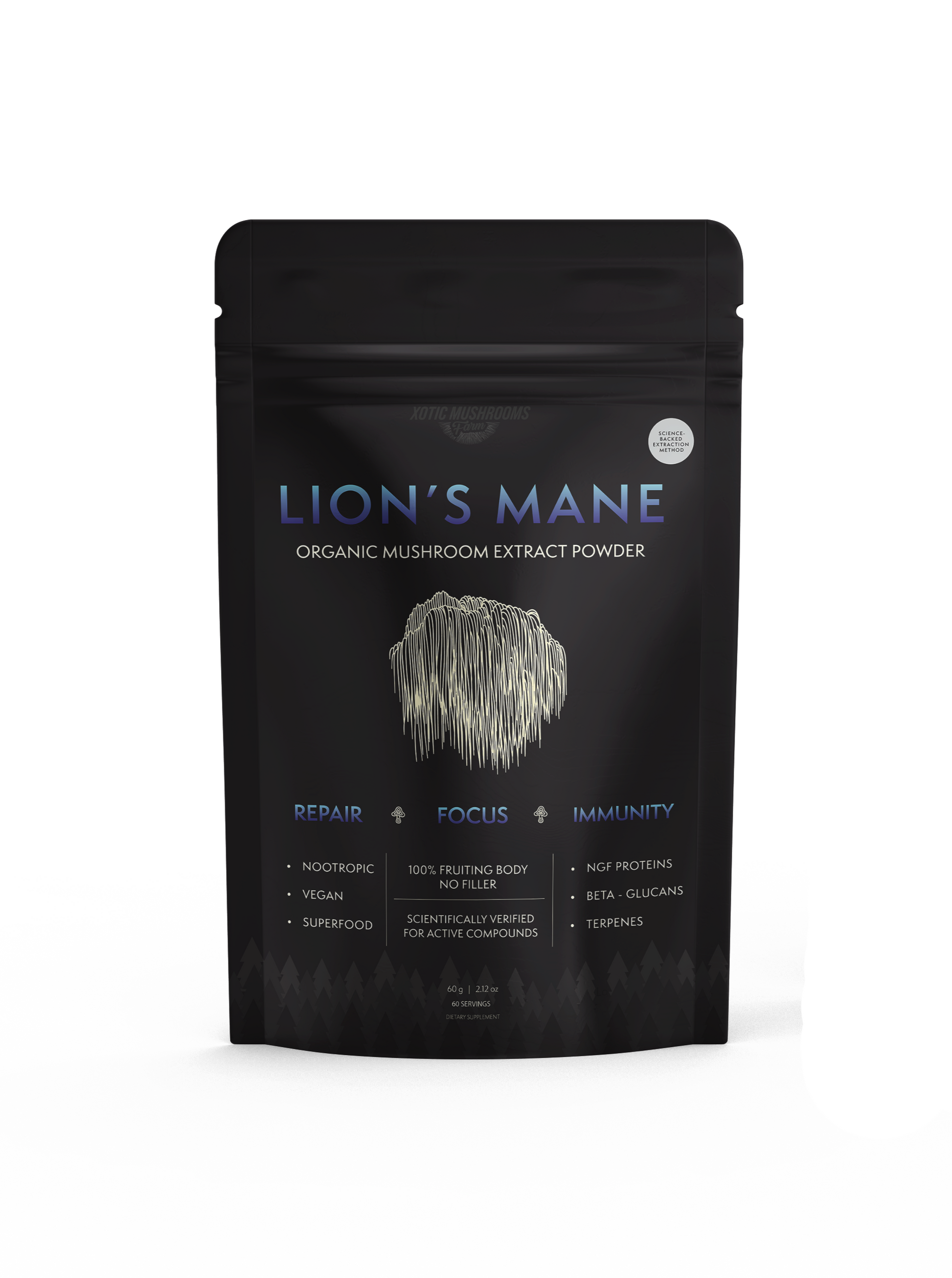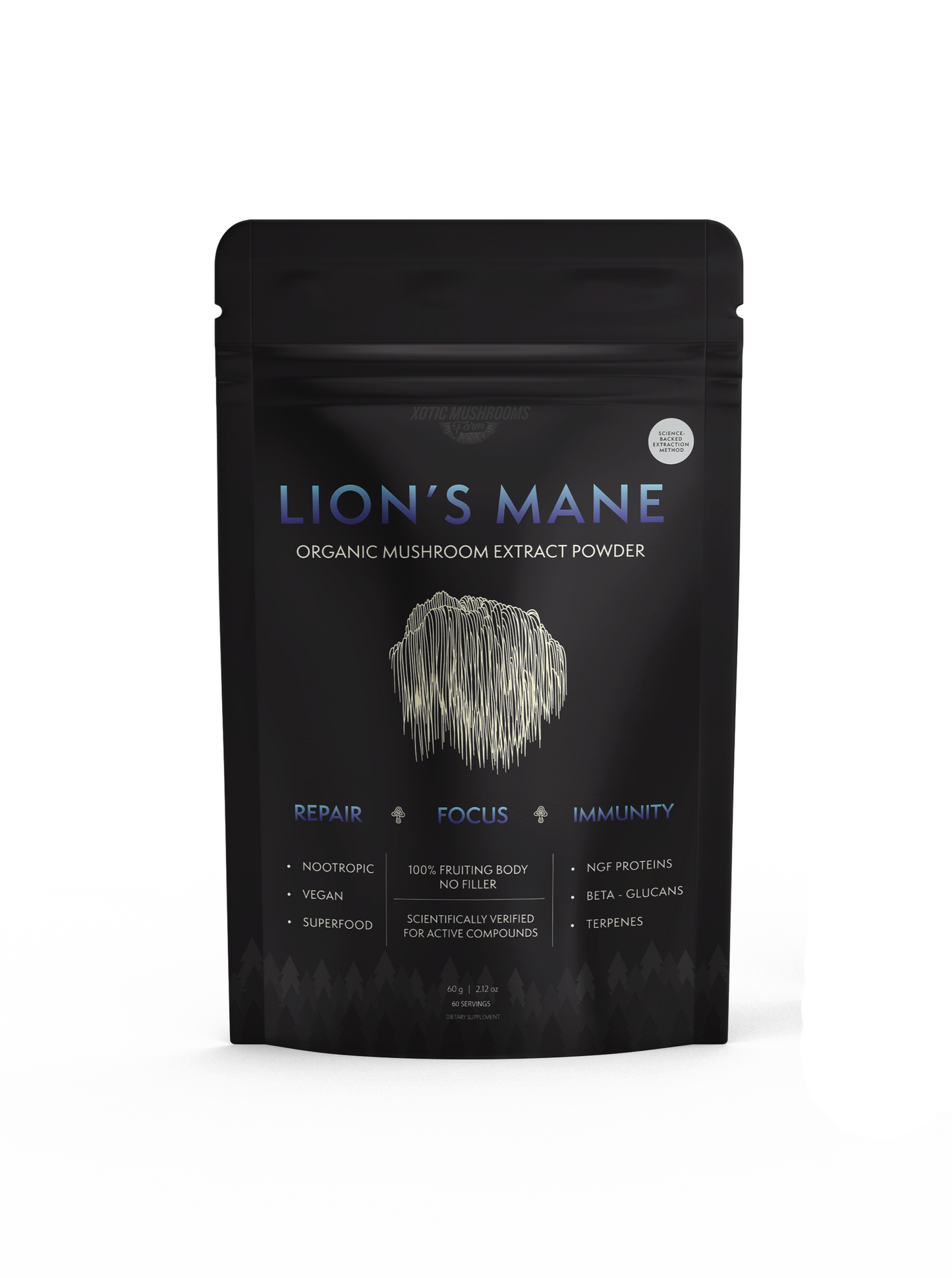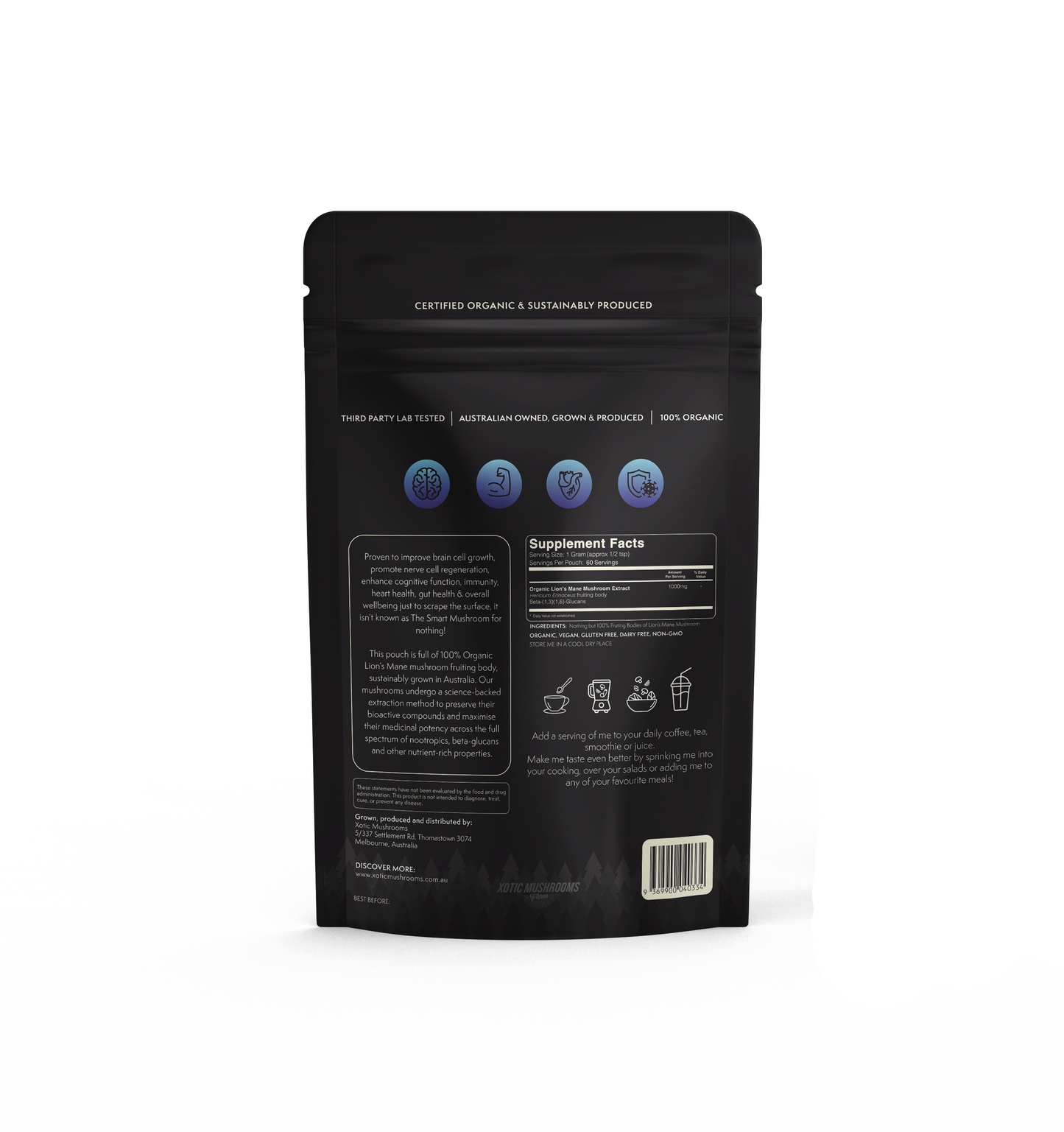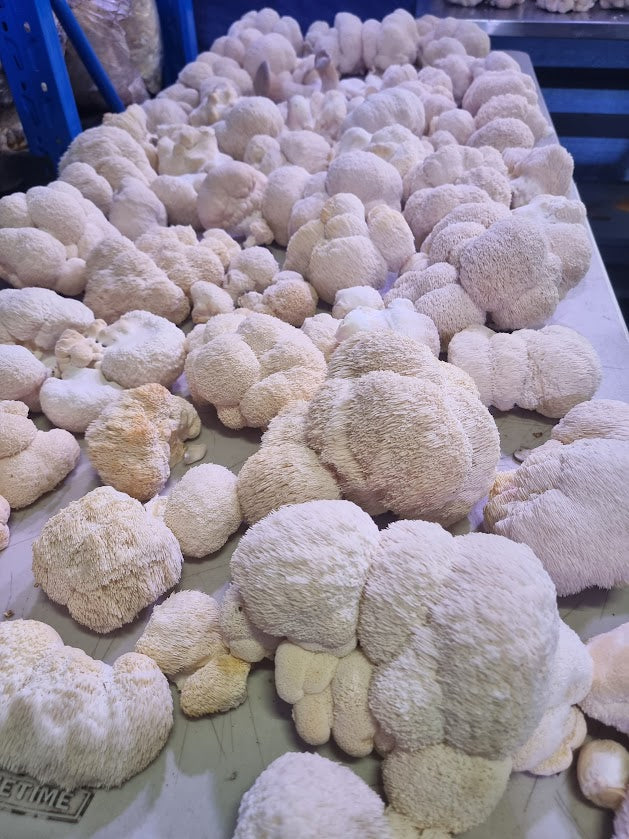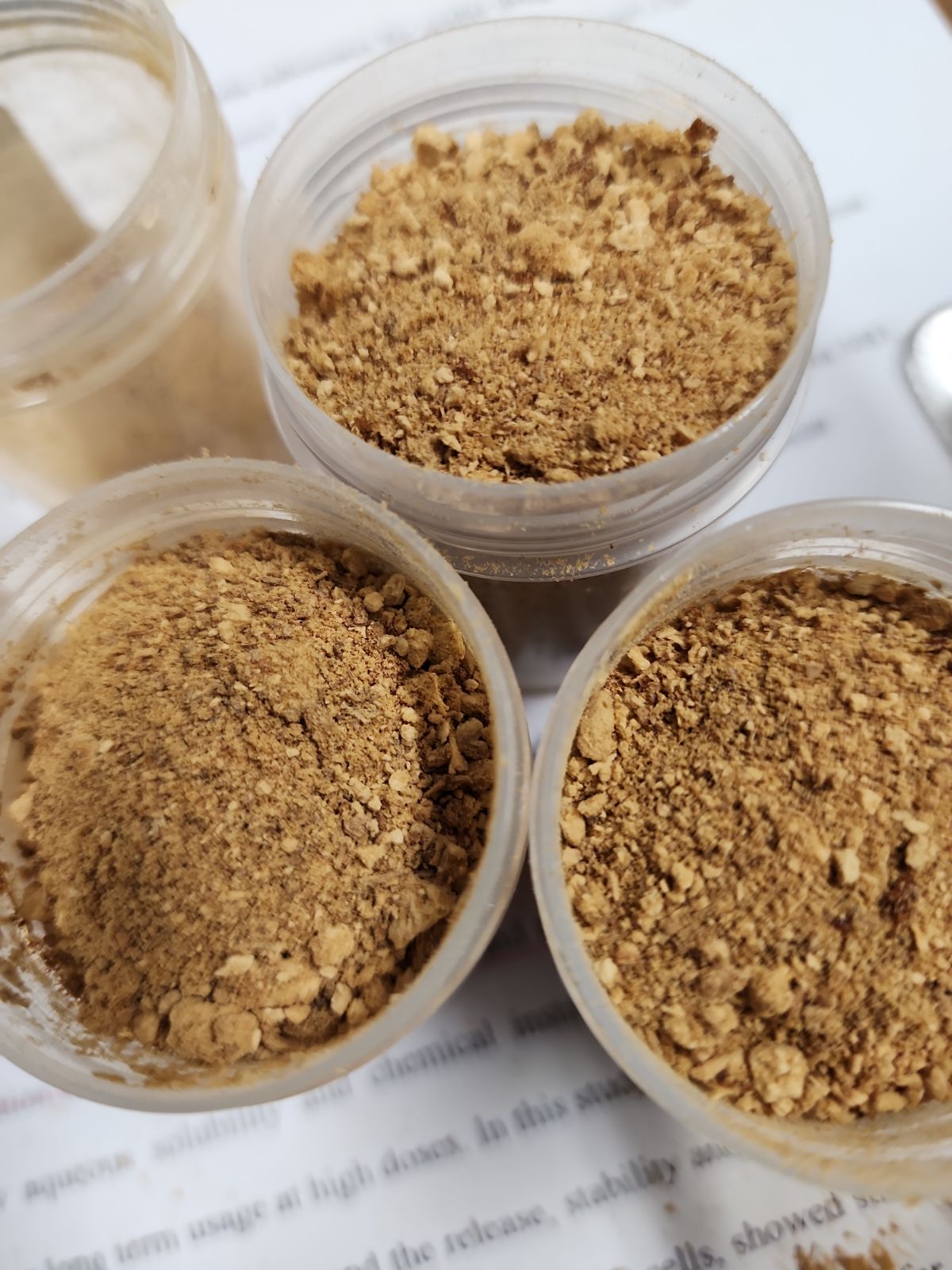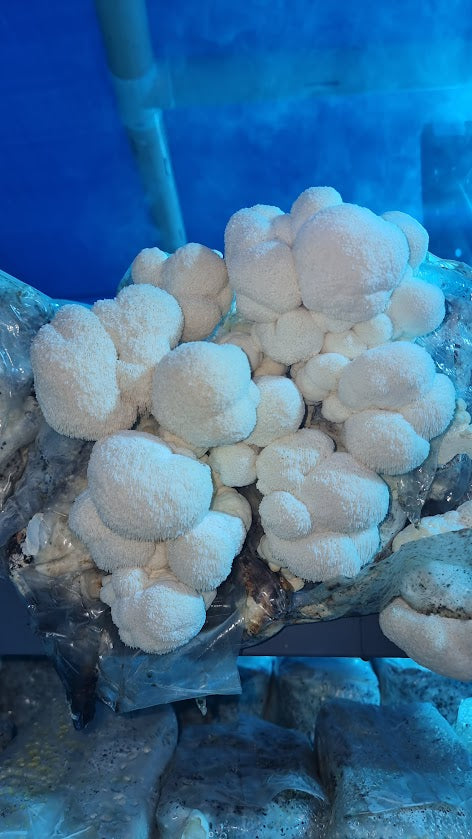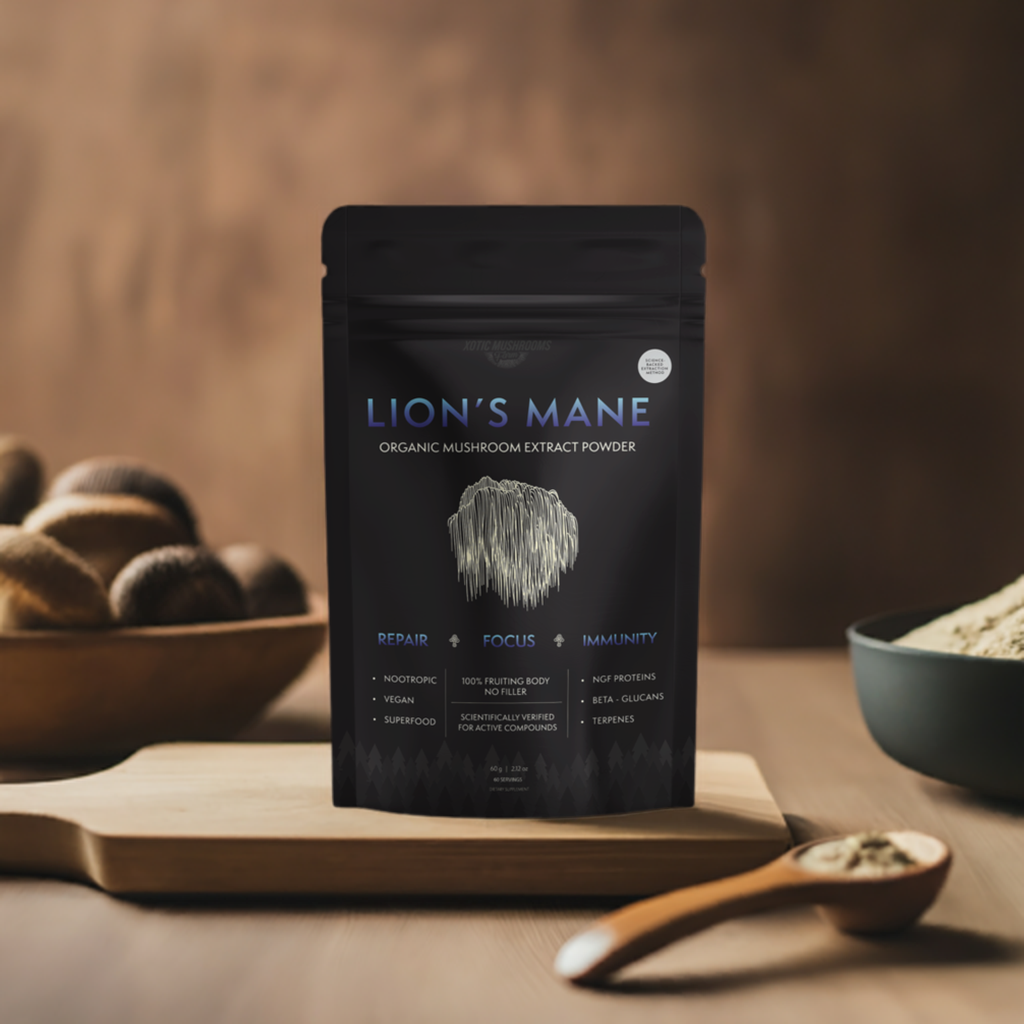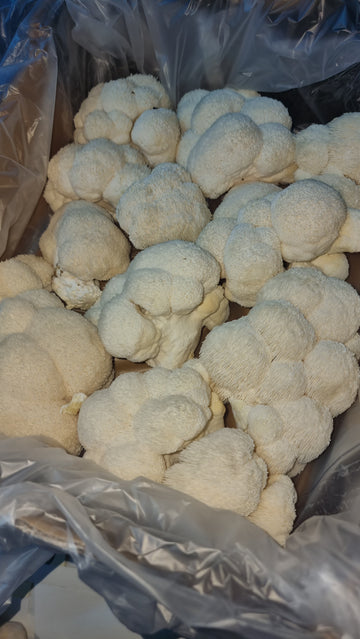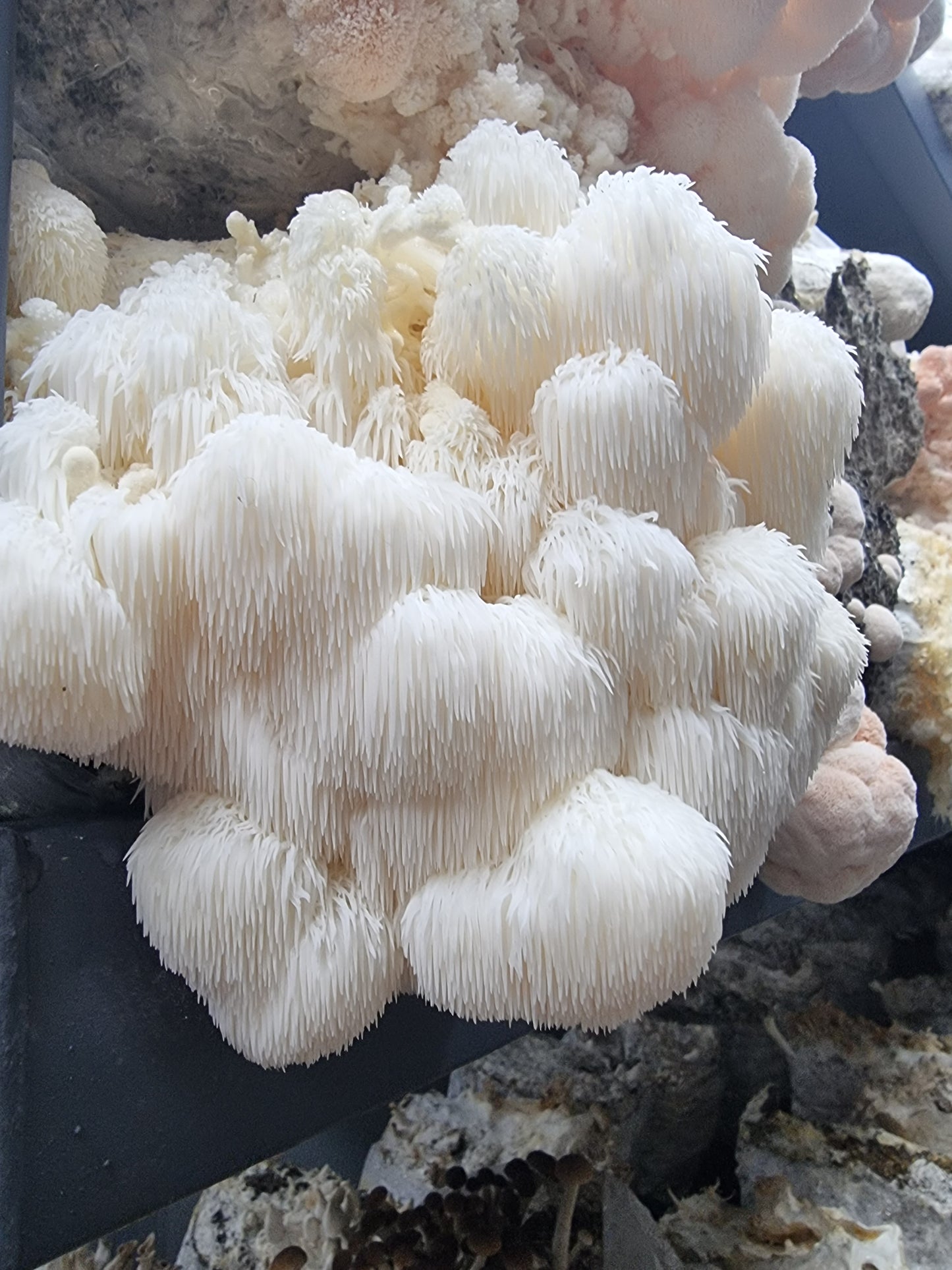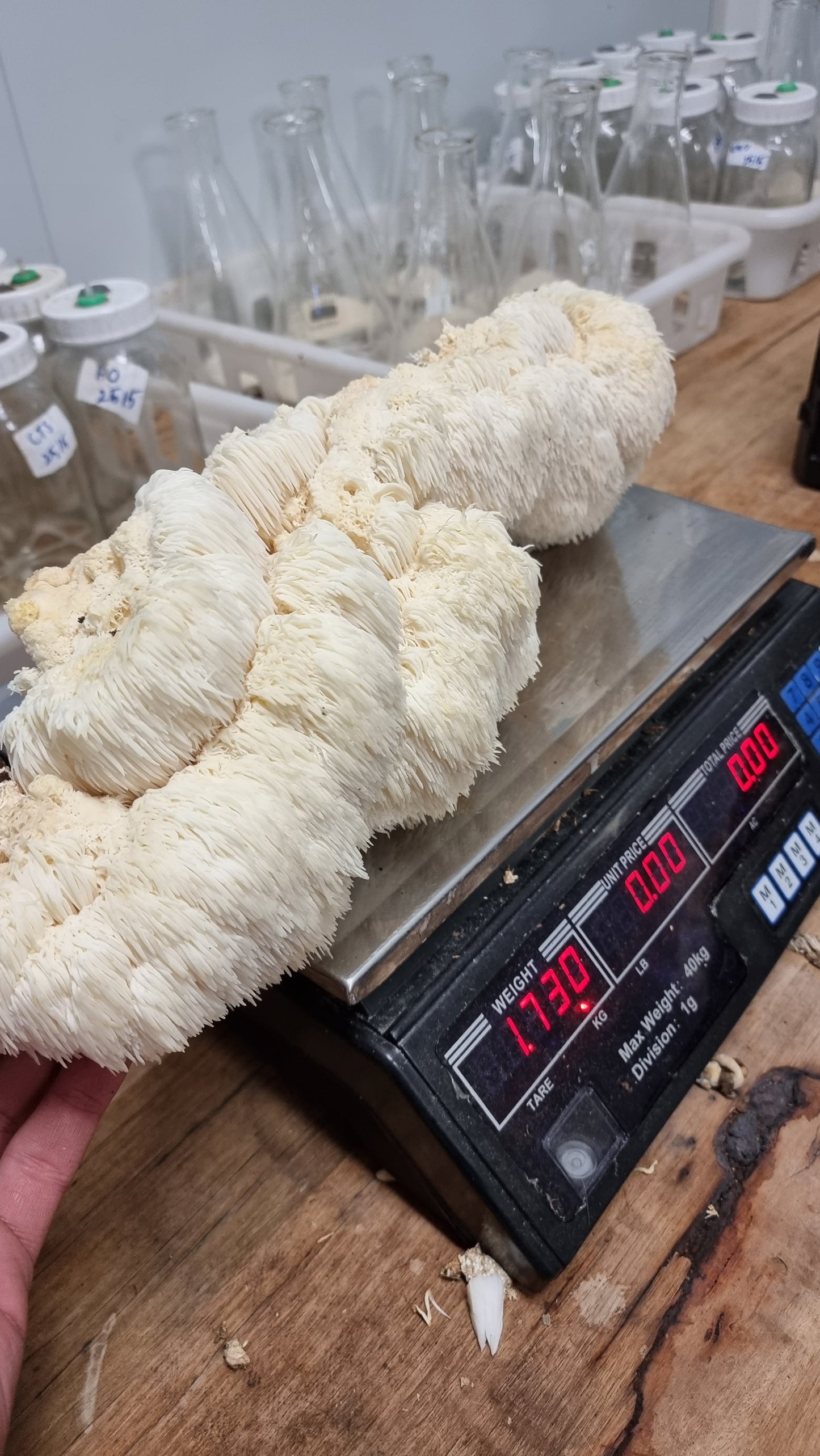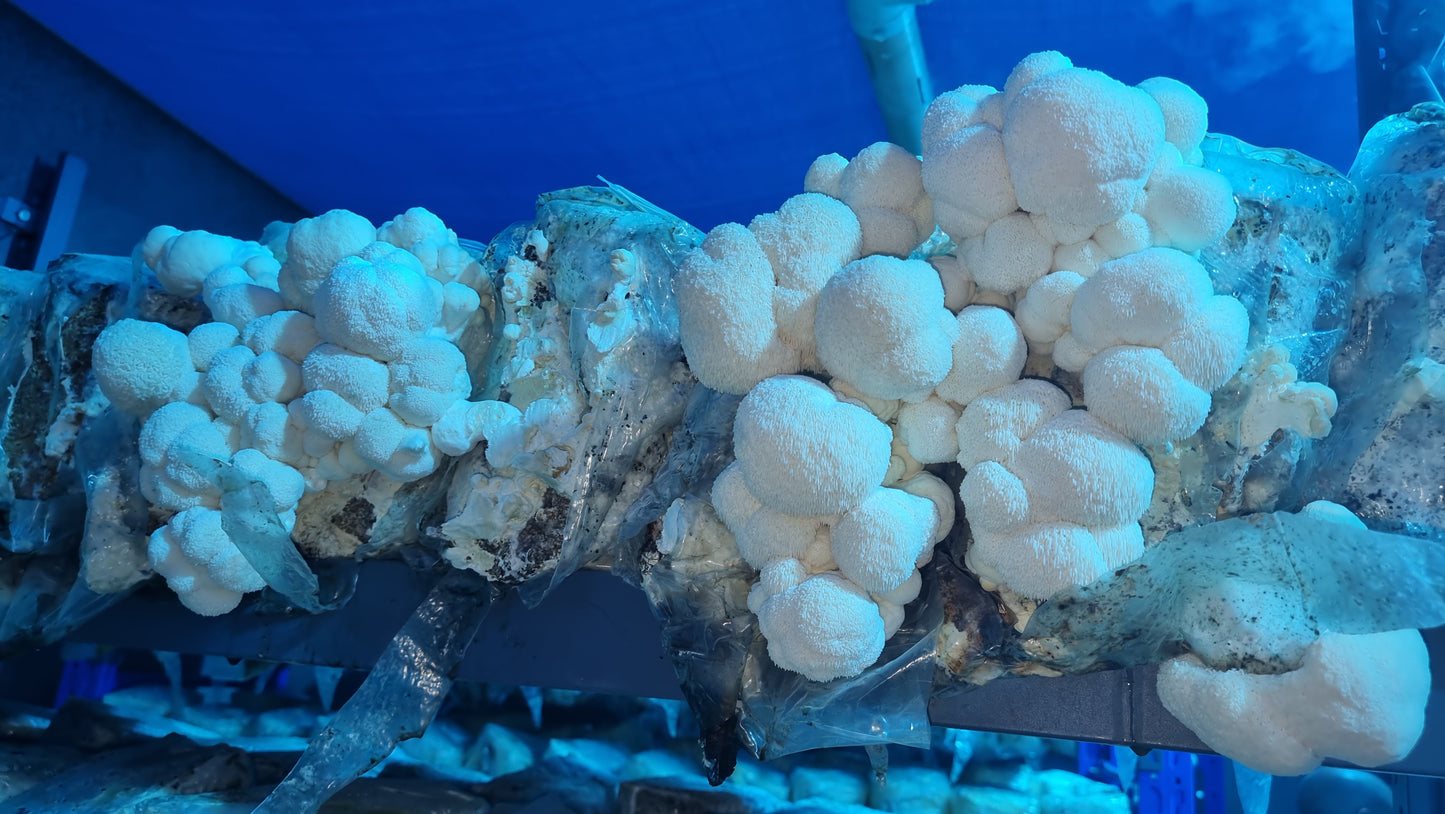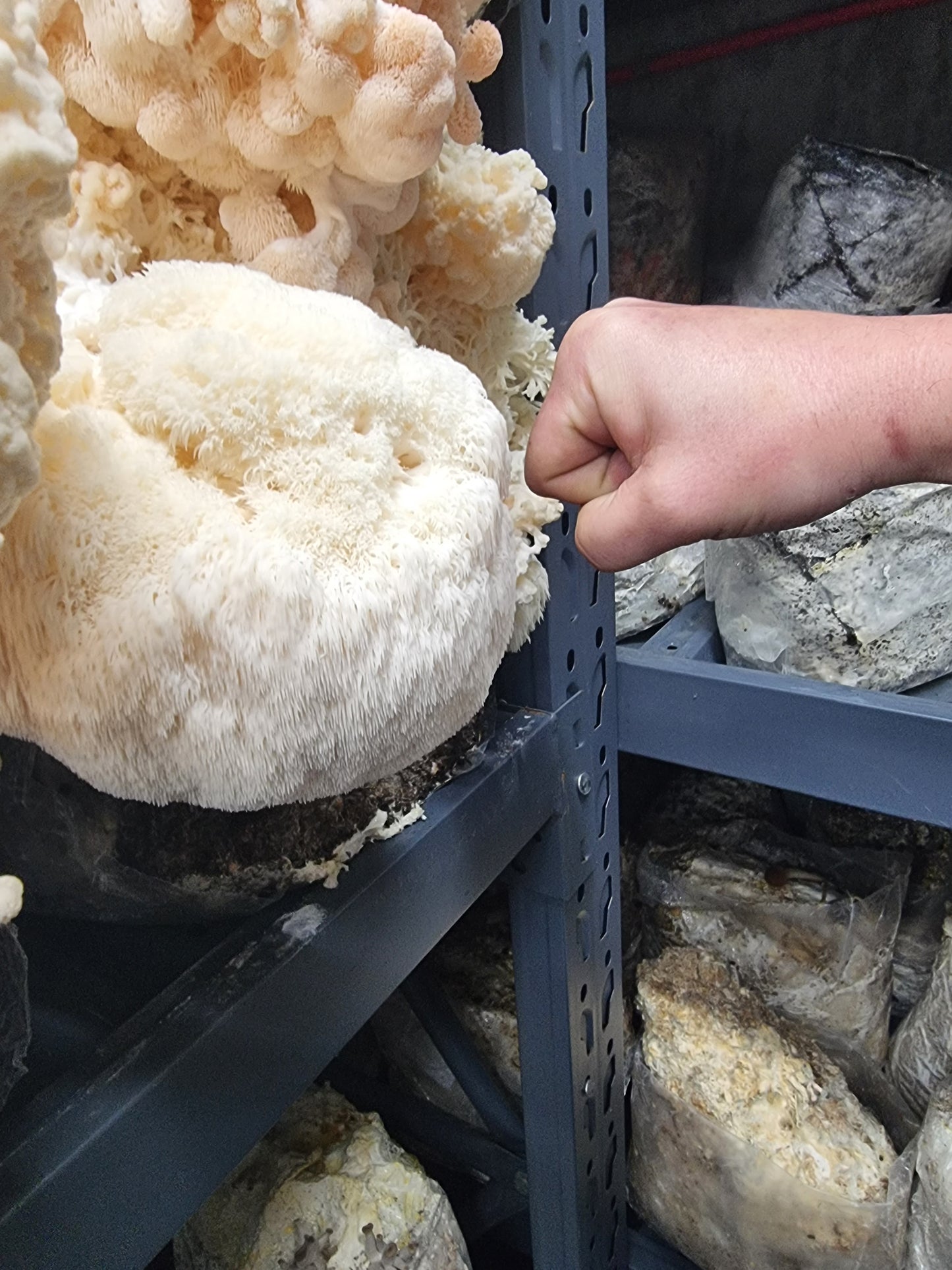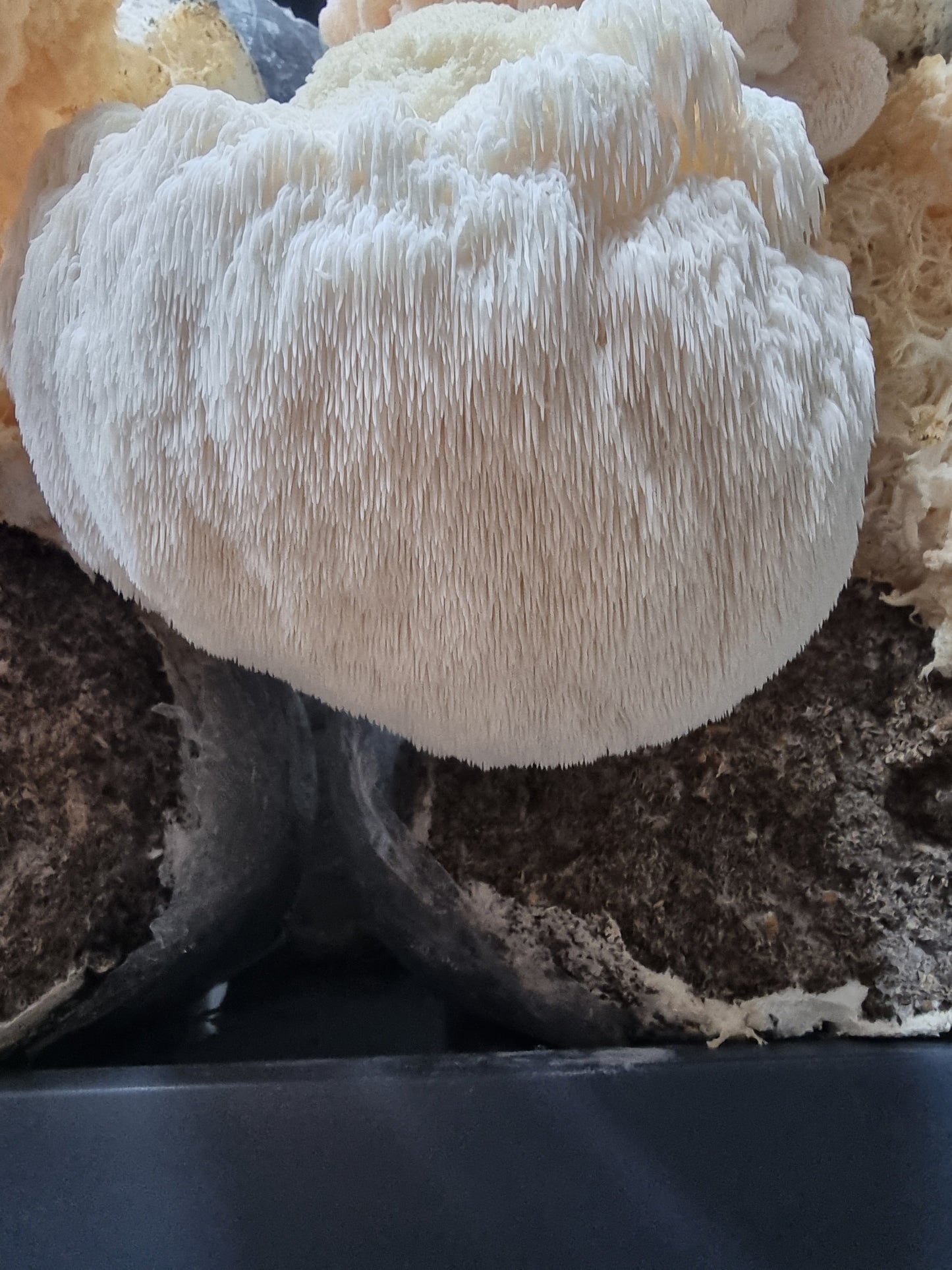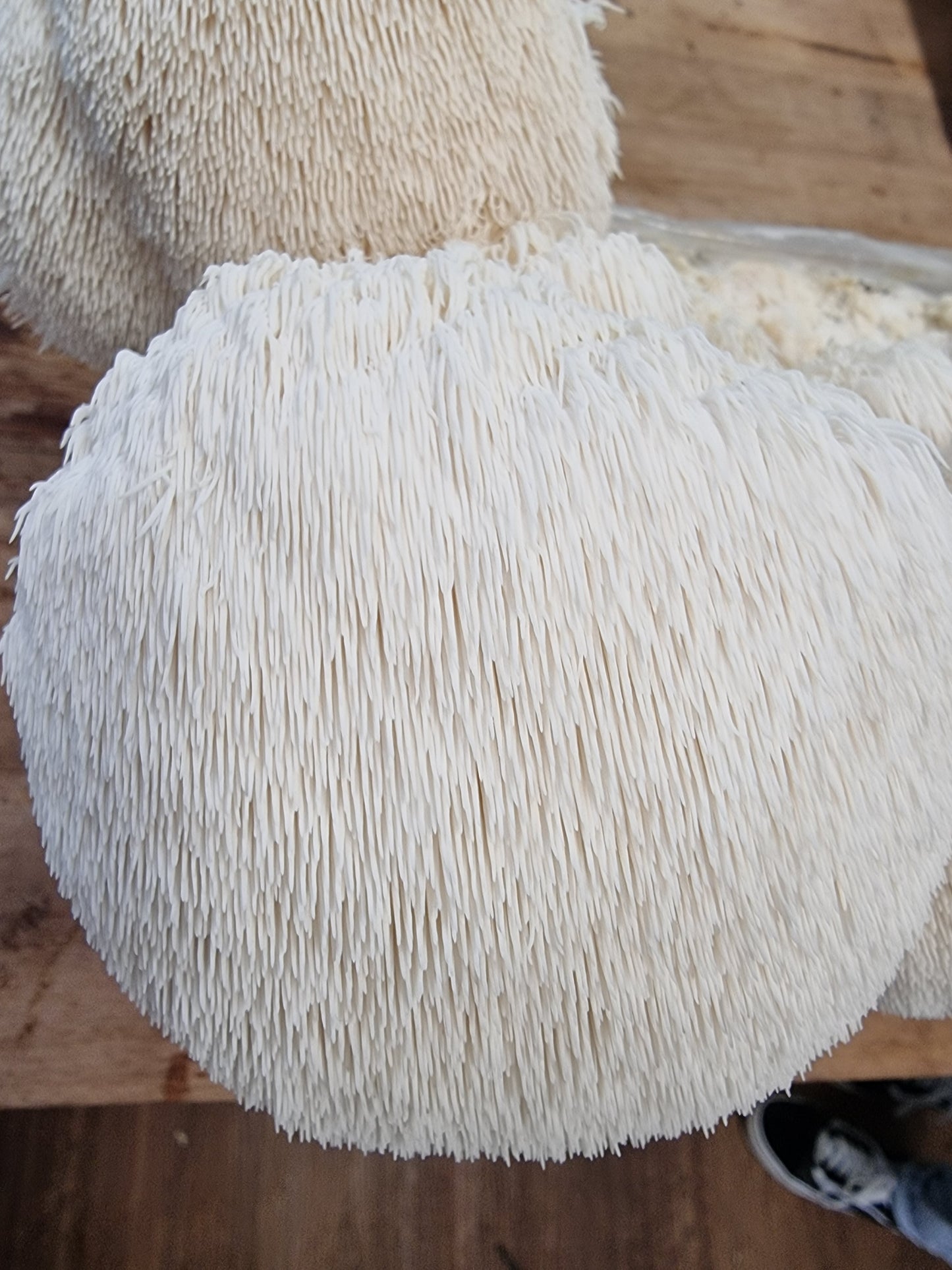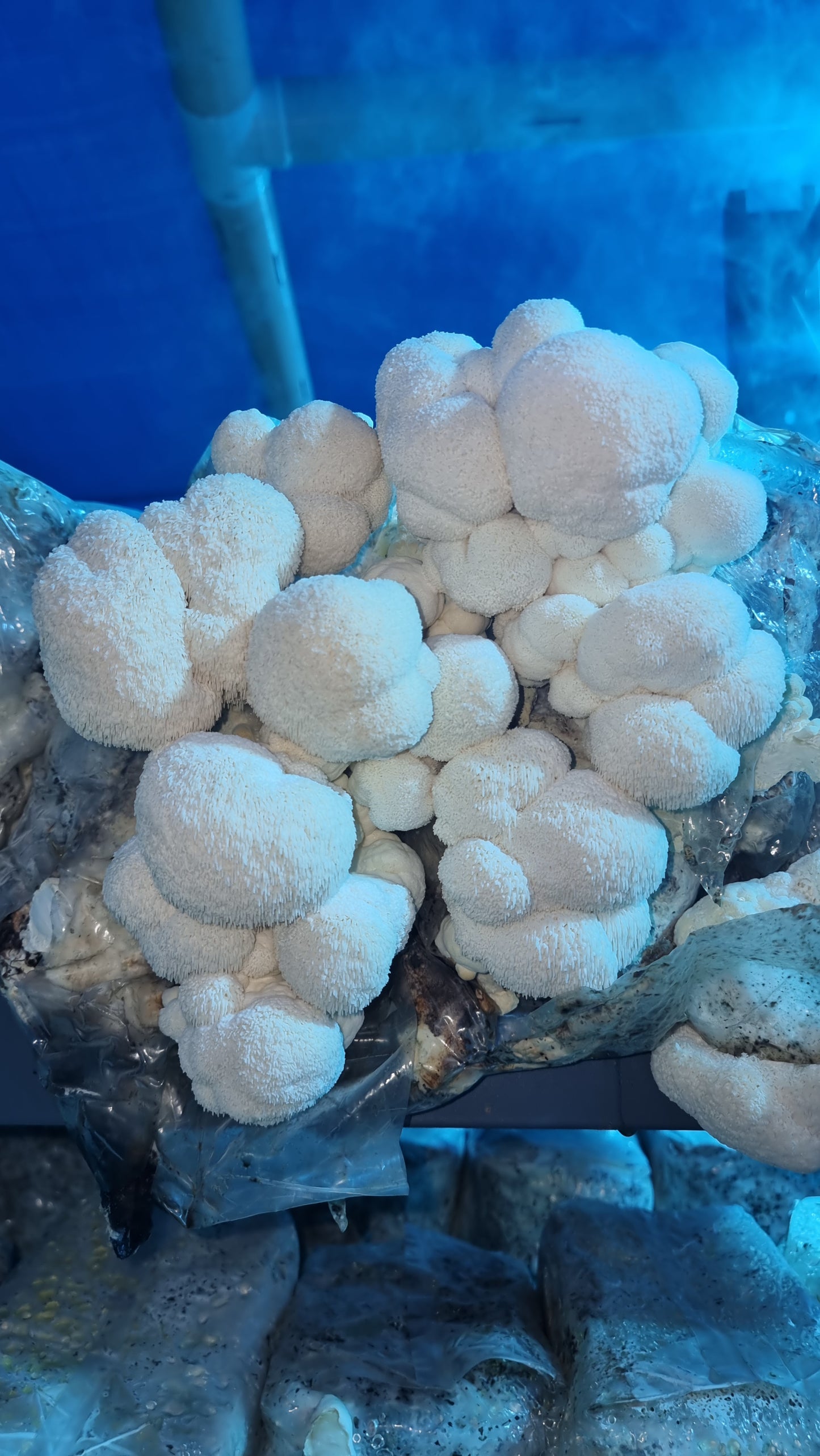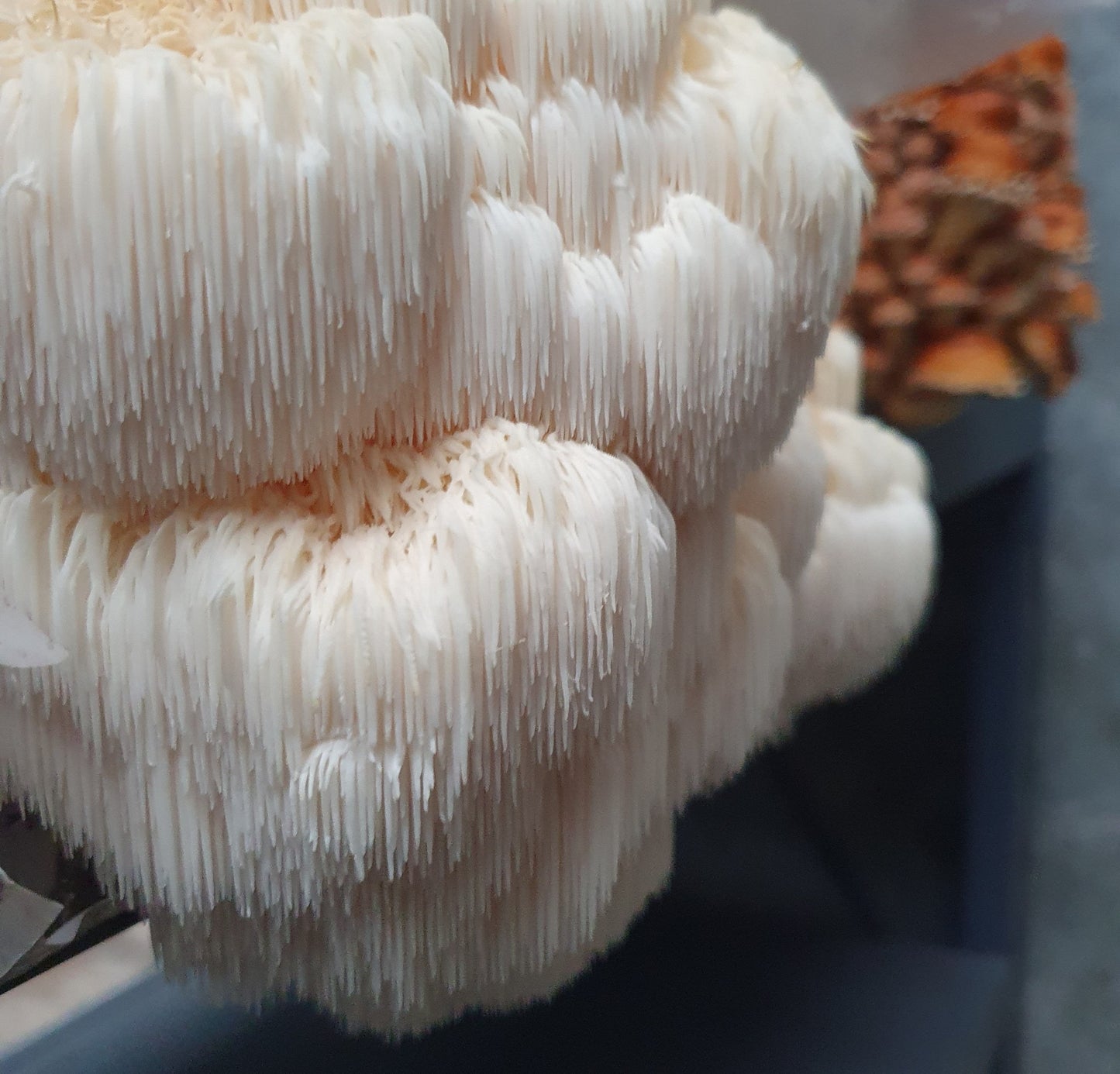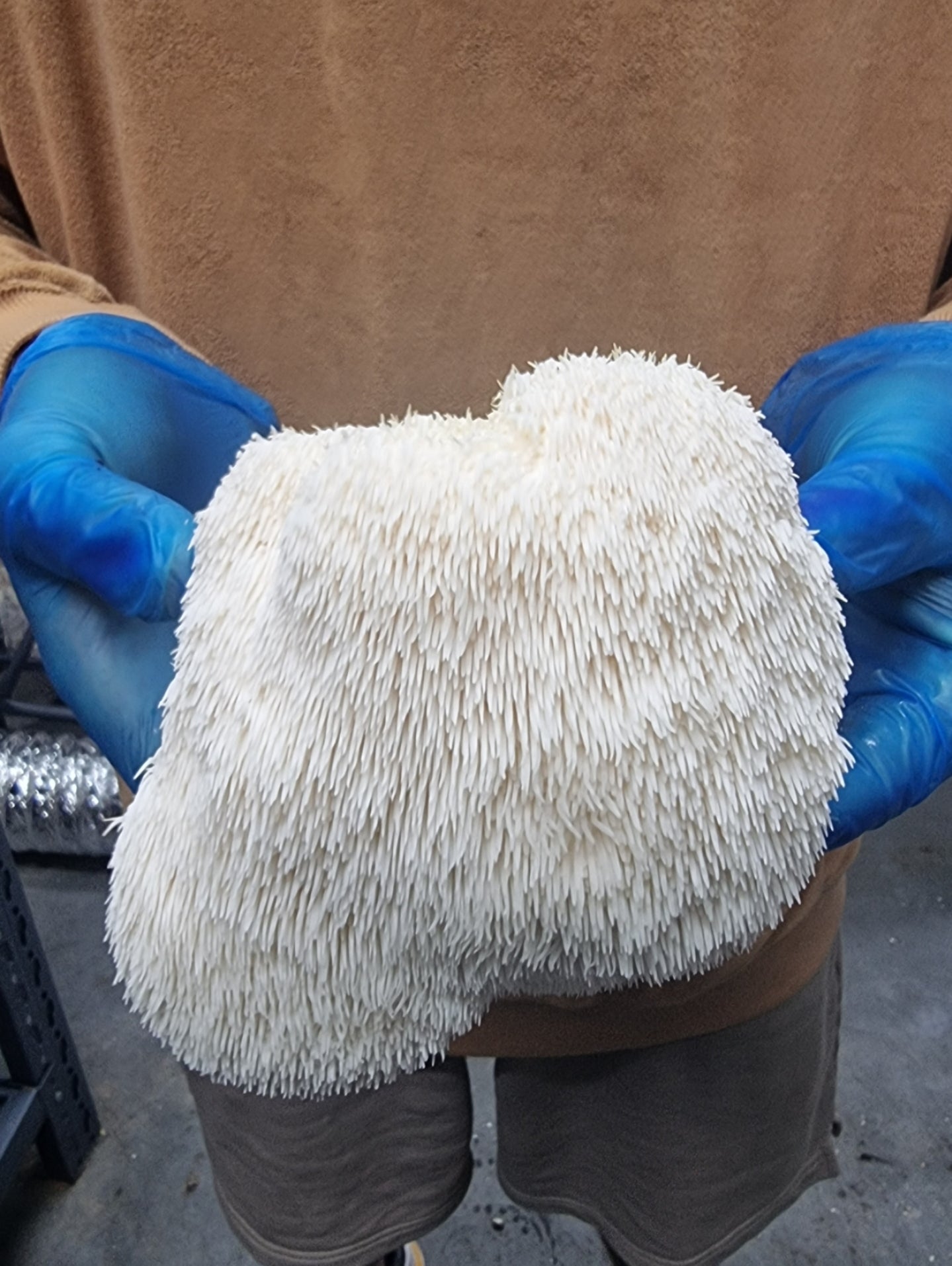Cooking Blue Oyster mushrooms can be tricky, and many need help to get it right.
Common mistakes like improper cleaning, using old mushrooms, or cooking at the wrong temperature can lead to disappointing results, ruining their delicate flavour and texture.
By understanding and avoiding these top mistakes, you can perfect your cooking techniques and fully enjoy the delicious taste of Blue Oyster mushrooms in your dishes.
What Are the Top Mistakes to Avoid When Cooking Blue Oyster Mushrooms?
To avoid mistakes when cooking Blue Oyster mushrooms, ensure proper cleaning, use fresh mushrooms, avoid overcrowding the pan, and cook at the correct temperature. Season well and experiment with different cooking methods to enhance flavour and texture.
Mistake 1: Not Cleaning the Mushrooms Properly

One common mistake when cooking Blue Oyster mushrooms is failing to clean them properly. Unlike some other vegetables, mushrooms are highly porous and absorb water quickly, leading to a soggy texture if washed incorrectly.
Instead of soaking them in water, use a damp cloth or paper towel to gently wipe away any dirt and debris. This method helps maintain their firm texture and rich flavour.
When cleaning, pay special attention to the gills and stems, as dirt and insects can often hide in these areas. Gently brush these parts to ensure they are clean. Avoid using too much force, as Blue Oyster mushrooms can be delicate and prone to bruising.
If the mushrooms are particularly dirty, a quick rinse under running water is acceptable, but ensure they are thoroughly dried immediately after.
Proper cleaning enhances the taste and texture of your dish and ensures that no unwanted grit ends in your meal. Cleaning your Blue Oyster mushrooms properly is a simple yet crucial step in preparing them to perfection.
Mistake 2: Using Low-Quality or Old Mushrooms

Using low-quality or old Blue Oyster mushrooms can significantly impact the flavour and texture of your dish. Fresh Blue Oyster mushrooms have a firm, springy texture and a slightly sweet aroma.
To ensure you're using the best mushrooms, select plump, firm, and free from blemishes. The caps should be dry but not dried out, and the gills underneath should be intact and clean.
Old mushrooms often appear shrivelled, slimy, or discoloured and may have an off-putting smell. These signs indicate spoilage and should be avoided. Consuming old mushrooms can not only ruin the taste of your dish but may also pose health risks.
To maintain their freshness, store blue oyster mushrooms in a paper bag in the refrigerator. Avoid plastic bags, as they can trap moisture and cause the mushrooms to spoil faster. For the best results, use the mushrooms within a week of purchase.
Mistake 3: Overcrowding the Pan
Overcrowding the pan when cooking Blue Oyster mushrooms is a common mistake that can lead to subpar results. When too many mushrooms are packed into a pan, they release their moisture, creating steam rather than allowing for a proper sauté.
This steam causes the mushrooms to become soggy and prevents them from achieving a nice, golden-brown sear.
To avoid this, arrange the mushrooms in a single layer with enough space between them. This allows the heat to circulate evenly and helps the mushrooms caramelise properly. If you have many mushrooms, cook them in batches rather than trying to fit them all in simultaneously.
Using the correct pan size is also crucial. A comprehensive, flat pan ensures even heat distribution and gives the mushrooms enough room to cook properly. Additionally, preheating the pan before adding the mushrooms helps to achieve a better sear.
Mistake 4: Overcooking the Mushrooms
Overcooking Blue Oyster mushrooms is a mistake that can significantly diminish their flavour and texture. These mushrooms have a delicate, tender quality that can become rubbery and tough if cooked too long.
The key to perfectly cooked Blue Oyster mushrooms is closely monitoring their cooking time.
Start by preheating your pan and adding some oil or butter. Once the fat is hot, add the mushrooms in a single layer.
Cook them over medium-high heat, allowing them to develop a golden-brown colour without stirring too frequently. This process should take about 5 to 7 minutes. Keep an eye on the mushrooms; they are likely done once they turn a light golden brown and have reduced size.
To check for doneness, lightly press the mushrooms with a spatula. They should feel tender but still slightly firm. Avoid cooking them until they are very soft, which indicates they are overdone.
Remember, mushrooms will continue to cook slightly even after being removed from the heat, so it's better to avoid undercooking.
Mistake 5: Using Too Much Oil or Butter
Using too much oil or butter when cooking Blue Oyster mushrooms can overpower their delicate flavour and lead to a greasy, unappetising dish. While fats are essential for sautéing and enhancing the taste, moderation is key.
Start by heating a small amount of oil or butter in your pan—about one to two tablespoons is usually sufficient for a standard batch of mushrooms.
Adding too much fat masks the mushrooms' natural umami flavour and prevents them from achieving a desirable caramelised texture. Excess oil can cause the mushrooms to become soggy rather than crisp and golden brown.
If you notice that the mushrooms absorb the fat too quickly, it is better to add a small amount incrementally rather than starting with a large quantity. This way, you maintain control over the cooking process and ensure that the mushrooms cook evenly.
Additionally, consider using high-quality oils, such as extra-virgin olive oil or clarified butter (ghee), which can enhance the flavour without overwhelming the mushrooms.
Mistake 6: Ignoring the Mushroom Stems

Ignoring the stems of Blue Oyster mushrooms is a common mistake that leads to unnecessary waste and missed culinary opportunities. The stems are edible and offer a texture and flavour that can enhance various dishes.
Many focus solely on the caps when preparing blue oyster mushrooms, discarding the stems. However, the stems are packed with nutrients and can add a pleasant, chewy texture to your meals.
To make the most of the stems, ensure they are properly cleaned and trimmed. Remove any tough or woody parts at the base, and slice the stems thinly to promote even cooking.
Incorporating the stems into your recipes can add depth and variety. They are perfect for stir-fries, soups, and stews, where their firmer texture can hold up well to longer cooking times. You can also sauté the stems and the caps for a more robust mushroom experience.
Finely chop the stems and mix them into sauces, fillings, or stuffing if you prefer a smoother texture. This method ensures you still benefit from their flavour and nutrients without noticeable chunks.
Mistake 7: Pairing with Incompatible Ingredients
Pairing Blue Oyster mushrooms with incompatible ingredients can undermine their delicate flavour and unique texture. Blue Oyster mushrooms have a mild, slightly sweet taste that can be quickly overshadowed or clashed with solid and overpowering ingredients.
Avoid combining these mushrooms with intensely flavoured ingredients like solid cheeses, heavy sauces, or overly spicy elements, as these can dominate the dish and mask the mushrooms’ subtle nuances. Instead, opt for ingredients that complement and enhance their natural taste. Light, fresh herbs such as parsley, thyme, or chives work well, adding a hint of flavour without overpowering the mushrooms.
Additionally, Blue Oyster mushrooms pair excellently with complementary texture and flavour ingredients. Consider pairing them with mild vegetables like zucchini, spinach, or bell peppers, which offer a harmonious blend without overwhelming the mushrooms. Light proteins such as chicken or seafood also work well, allowing the mushrooms' taste to shine through.
For a richer flavour profile, incorporate ingredients like garlic, shallots, or a splash of white wine or lemon juice, which can elevate the mushrooms without overshadowing them. A touch of cream or a light broth can also enhance their natural umami without being too heavy.
Mistake 8: Not Experimenting with Different Cooking Methods
Sticking to a single cooking method for Blue Oyster mushrooms limits their culinary potential and prevents you from discovering new flavours and textures.
These versatile mushrooms can be prepared in various ways, each offering a unique taste experience that will help maximise their flavour.
Sautéing is the most common method, where mushrooms are cooked in a hot pan with a small amount of oil or butter until golden brown. This technique highlights their natural umami and creates a rich, caramelised flavour. However, exploring other methods can yield equally delicious results.
Grilling Blue Oyster mushrooms impart a smoky, charred flavour that pairs well with other grilled vegetables and meats. Simply brush the mushrooms with oil, season them, and grill over medium heat until tender and slightly crisp.
Roasting is another excellent option, especially for bringing out the mushrooms’ earthy sweetness. Toss the mushrooms with olive oil, salt, and pepper, then roast in the oven at 200°C (400°F) for 20-25 minutes until they are browned and crispy.
Stir-frying is ideal for quick cooking. It maintains the mushrooms’ texture while combining them with other ingredients. Use high heat and constant stirring to achieve a light, crisp finish.
Conclusion
By avoiding these common mistakes, you can enhance the flavour and texture of Blue Oyster mushrooms.
Proper cleaning, selecting fresh mushrooms, cooking at the right temperature, and experimenting with various methods will ensure delicious results every time.
Enjoy the versatility and unique taste of Blue Oyster mushrooms in your culinary creations.
